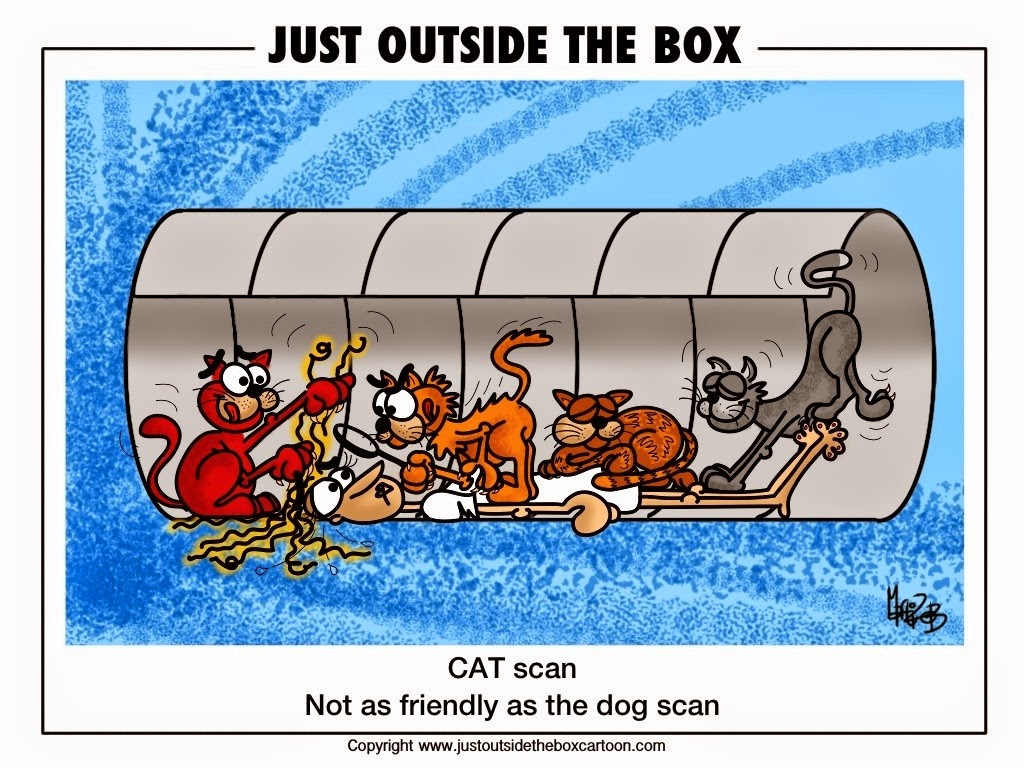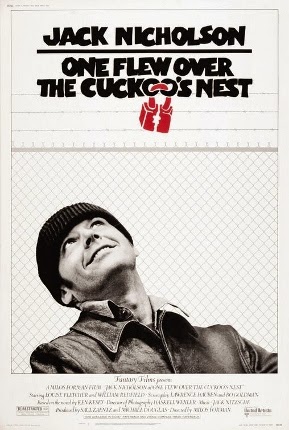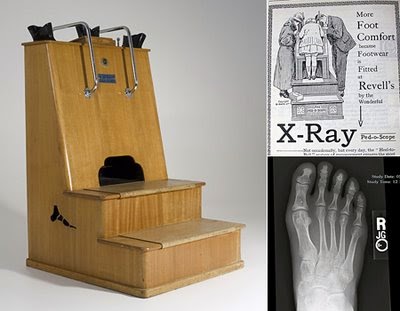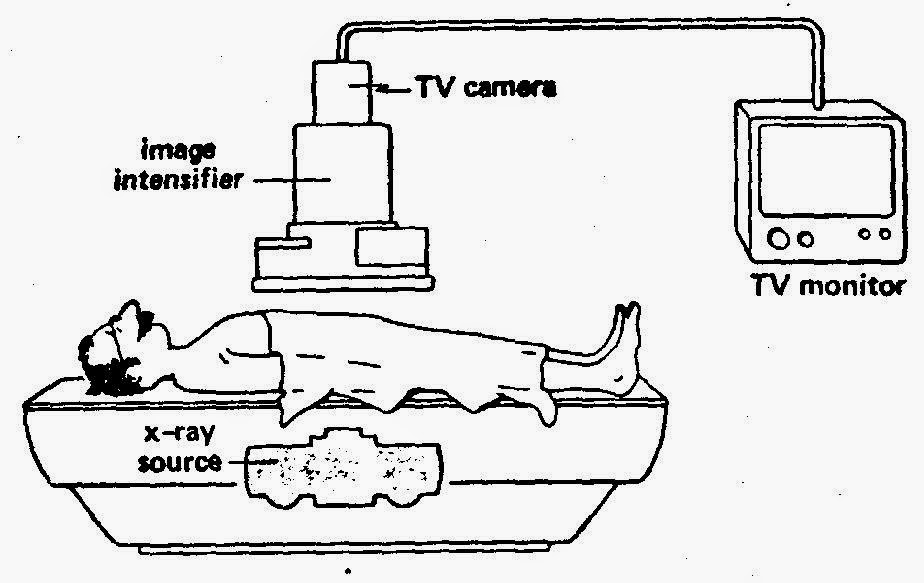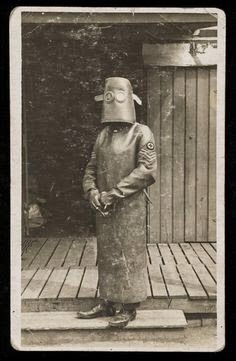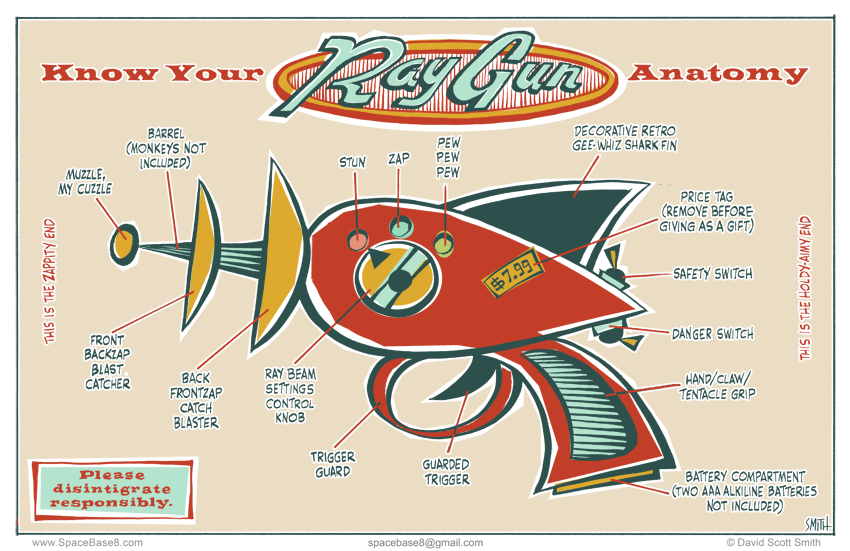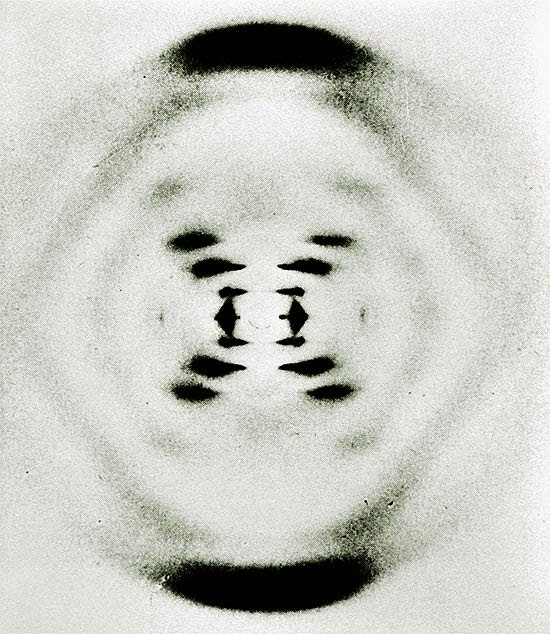A what scan? I am actually a cat guy myself. Not to say I don’t love dogs but if I had to make a choice…
I just finished reading a fantastic book by David Dosa entitled “Making Rounds With Oscar”. The premise of the book is a story about an extraordinary cat but the subject matter is very serious – dementia and end-of-life care in the elderly. Have a gander.
So what the heck is a cat scan and what does it have to do with medical imaging?
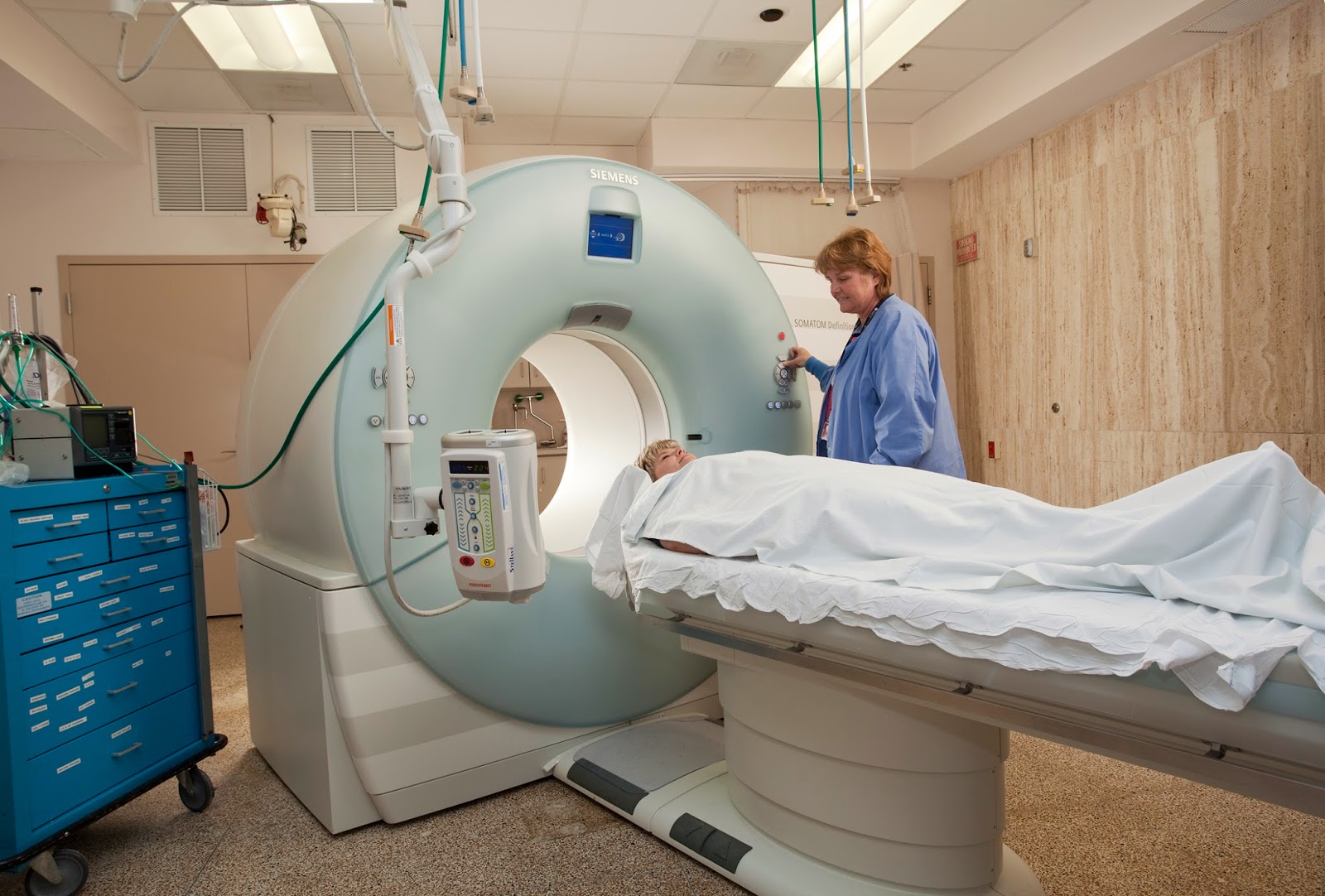 CT scans – also referred to as computerized axial tomography (CAT) – are special X-ray tests that produce cross-sectional images of the body using X-rays and a computer. CT was developed independently by a British engineer named Sir Godfrey Hounsfield and Dr. Alan Cormack and were jointly awarded the Nobel Prize in 1979. Yes, more Nobel prize winners…
CT scans – also referred to as computerized axial tomography (CAT) – are special X-ray tests that produce cross-sectional images of the body using X-rays and a computer. CT was developed independently by a British engineer named Sir Godfrey Hounsfield and Dr. Alan Cormack and were jointly awarded the Nobel Prize in 1979. Yes, more Nobel prize winners…
In a nutshell, x-ray computed tomography:
– uses data from several X-ray images of structures inside the body and converts them into 3D pictures – especially useful for soft tissues.
– emits a series of narrow beams through the human body, producing more detail than standard single beam X-rays.
– is able to distinguish tissues inside a solid organ. A CT scan is able to illustrate organ tear and organ injury quickly and so is often used for accident victims.
– is analyzed by radiologists.
Unfortunately, unlike MRI scans, a CT scan uses X-rays and therefore are a source of ionizing radiation.
Now for the fun part (see the rules here), using CAT Scan in a sentence by the end of the day:
Serious: Hey Bob, did you know that the recorded image of a CAT Scan is called a tomogram?
Less serious: My GP suggested that howling at the moon at night is not normal behavior and he wants to send me for a CAT scan. What? No way, I’m allergic to cats…
OK, listen to Cat Stevens to decompress and I’ll see you in the blogosphere…

